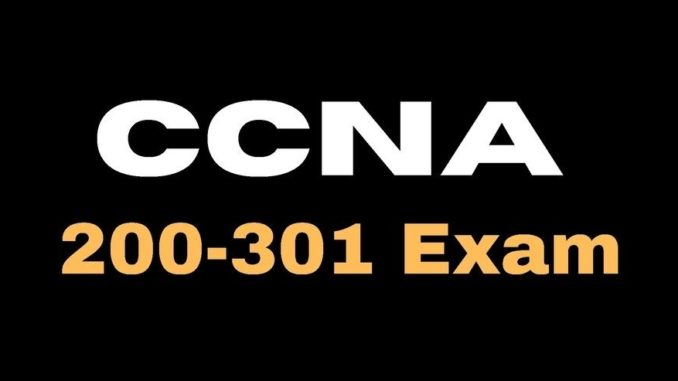
The aspirants of CCNA can now prepare efficiently using the CCNA 200 301 practice test questions paper available online. These can be availed of with nominal fees.
However, before buying those dumps practicing the same, get familiar with realistic answers to some of the most commonly asked questions. This way, you can also prepare for the mock tests online and replace the years-old traditions for preparing for CCNA exams.
These common topics for CCNA 200 301 practice test and dump question preparation should be:
- Networking
- Routing and switching
- VLAN
- VTP
- WAN, LAN, MAN
- Redundancy
- IPv6 and IPv4
- NTP/SYSLOG
- Protocols
- Domains
- ACL
- IP routing and setup
- Cabling
- TCP/IP layers
- OSI layers
Refer to the question bank we prepared after a careful search below and get used to the modern way of preparing for CCNA exams right away.
- What is a node, and how is it related to a smooth connection between two or more computers?
- Can there be two or more nodes in a connection?
- Elucidate a network’s meaning with its real-life examples.
- Elaborate on the setup of a networking topology.
- Give the different types of topologies with their uses and benefits.
- What does an OSI model define?
- Describe each layer of an OSI model briefly.
- Elucidate the main differences between a switch, router, and a hub.
- What is a TCP/IP model, and how is it used in the network systems?
- Define the layers present in a TCP/IP model with their uses or functions.
- What is an HTTPS? Is it safe? And how it connected to a domain?
- Which port supports the working of the HTTPS?
- Define the similarities and differences between UDP and TCP.
- What is a network security system? Give examples of the same.
- How would you set up a firewall to protect your network from online attacks?
- Can you turn the firewall off later on? If yes, how do you change its settings as per your browsing and networking usage?
- Is firewall itself a safe option to use?
- What is a DNS? What do you find inside a DNS?
- How many types of domains are there in the digital market right now?
- Which domain is the highest in the rank and why? Which ones are considered the lowest?
- What is a subdomain?
- Is there any difference between a domain and a workgroup? If so, what are those distinct features of them both?
- How do proxy servers protect a highly secured network?
- Do you set up a proxy server at your home and office? Is it legal to do so?
- How many classes does an IP Address have?
- How to identify the different classes from an IP address?
- What is localhost?
- How do you ping a server? And what does pinging a server mean? What does it signify?
- Define NIC and why is it installed in a computer?
- Note and explain the common differences between data de-encapsulation and data encapsulation. State certain examples of their uses as well, if possible.
- What is an Extranet and how is it not similar to the Internet or Intranet?
- What is a VPN and how to use it remotely?
- Mention the three commonly known and used VPN in the networking sector.
- State the differences between Ipconfig and Ifconfig.
- What is the use or importance of a DHCP?
- How can we assign an IP Address to networking devices? Can it be done both manually and automatically? If so, then how?
- What is the full form of SNMP?
- How is SNMP widely useful in managing networks?
- Explain the incumbent different networking systems with their real-life uses.
- How many types of internet connections are available at present?
- Which internet connection is easier to use for a global reach and search?
- Mention and explain the uses of various types of casting available at present to the CCNAs.
- How do you transfer data through a network?
- How many modes are available in the process of data transformation between a network?
- Describe the different topologies with their advantages and disadvantages.
- What is piggybacking in the process of data transmission?
- How do you know that you got network congestion?
- How do you resolve the network congestion without losing the data?




